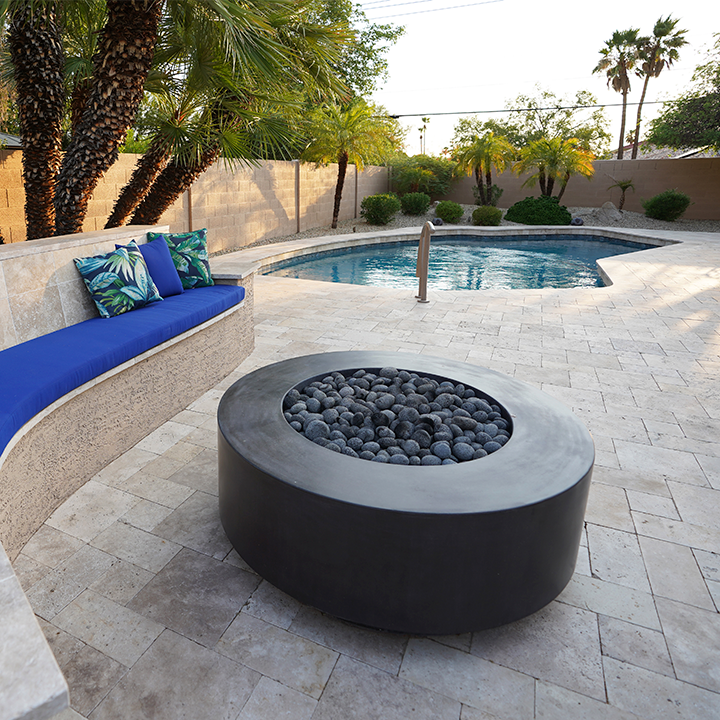

Arizona families enjoy backyard pools almost year-round, but that convenience comes with serious responsibility. Drowning remains the leading cause of death for U.S. children ages 1-4, which is why Arizona’s pool barrier laws and local city rules are strict–and why a layered, family-first safety plan is essential.
Below is a homeowner-friendly guide to pool fencing, gates, safety covers, and Arizona code basics, followed by practical, everyday habits that keep kids, guests, and pets safer around water.
Below is a homeowner-friendly guide to pool fencing, gates, safety covers, and Arizona code basics, followed by practical, everyday habits that keep kids, guests, and pets safer around water.
No single device or rule prevents every incident. Safety is strongest when multiple layers are used together: constant supervision, four-sided isolation fencing, self-closing/self-latching gates, code-compliant safety covers, and door/window alarms as backups–not replacements. This “layers of protection” approach is recommended by national safety authorities and pediatric experts.
The American Academy of Pediatrics (AAP) also encourages early swim lessons as one layer of protection (often beginning around age 1, based on readiness), while emphasizing that lessons do not “drown-proof” a child and close supervision is still required.
Arizona Revised Statutes A.R.S. § 36-1681 establish statewide minimums for residential pool barriers. Key points include:
Important: The statute sets a floor. Cities and counties can–and often do–adopt equal or more stringent requirements.
Many Metro Phoenix jurisdictions have adopted the International Swimming Pool & Spa Code (ISPSC) with local amendments. For example, the City of Phoenix clarifies several details homeowners frequently ask about:
Tip: Requirements can vary in Chandler, Surprise, Maricopa County, and other cities. Always confirm the current checklist with your local building department before you build, remodel, or re-fence.
Even when “to code,” poor layout or aging hardware can weaken protection. Consider the following best practices, informed by national safety guidance:
Safety covers deserve a special note because not every “cover” is a safety device. A qualifying power safety cover is designed and tested to meet an ASTM performance standard; it supports the required loads, includes proper controls, and must be installed and maintained as specified. A thin solar blanket can be great for warmth and evaporation control, but it is not designed to prevent entry and should never be treated as a safety layer. If a power safety cover is used as part of a house-side barrier alternative, it should be tested regularly, kept in good repair, and secured so only adults can operate it.
Supervision and skills are the human layer that never turns off: during any swim time, assign a dedicated Water Watcher–an undistracted adult–while children build confidence through developmentally appropriate swim lessons (many are ready around age one). Learn CPR, keep a charged phone poolside so you can respond quickly in an emergency, and store toys and floats out of sight when you’re done so they don’t tempt toddlers back to the water.
Final word: safety is a culture, not a checkbox
Adhering to Arizona pool fence code and local amendments is the starting line—not the finish. The goal is a backyard where barriers work automatically, skills back up the hardware, and habits keep watch. With the right fence, a code-compliant safety cover, and everyday practices like designated supervision and swim lessons, families create the safest possible environment around water.
Ready to add a pool and spa to your home?
Thunderbird Pools & Spas can create the pool of your dreams and completely transform your backyard into a magical paradise!
If you’ve been searching for “pool builders near me,” let your search end with Thunderbird Pools & Spas. Our team is here to guide you from concept to cannonball with professionalism, transparency, and pride in every project.